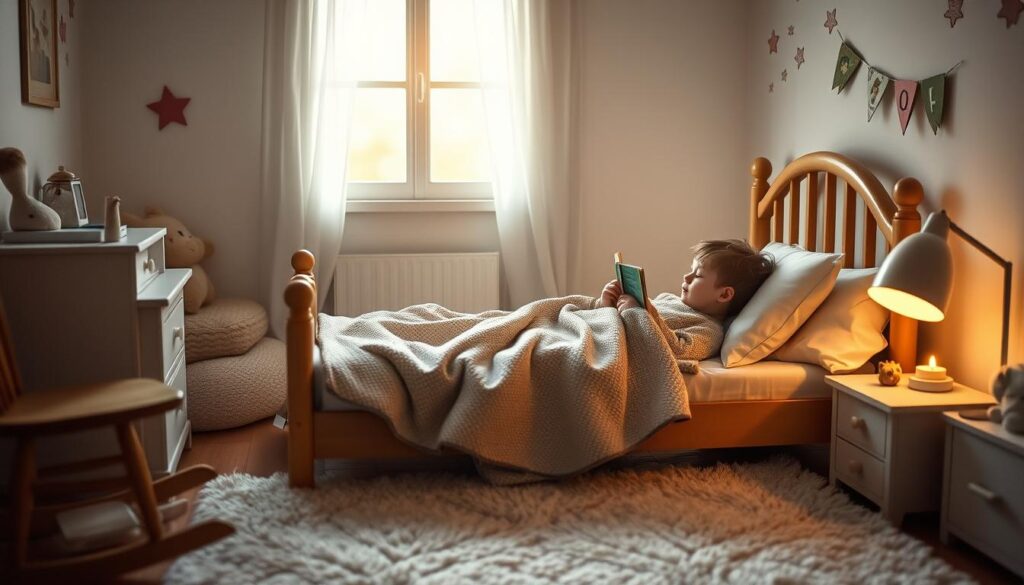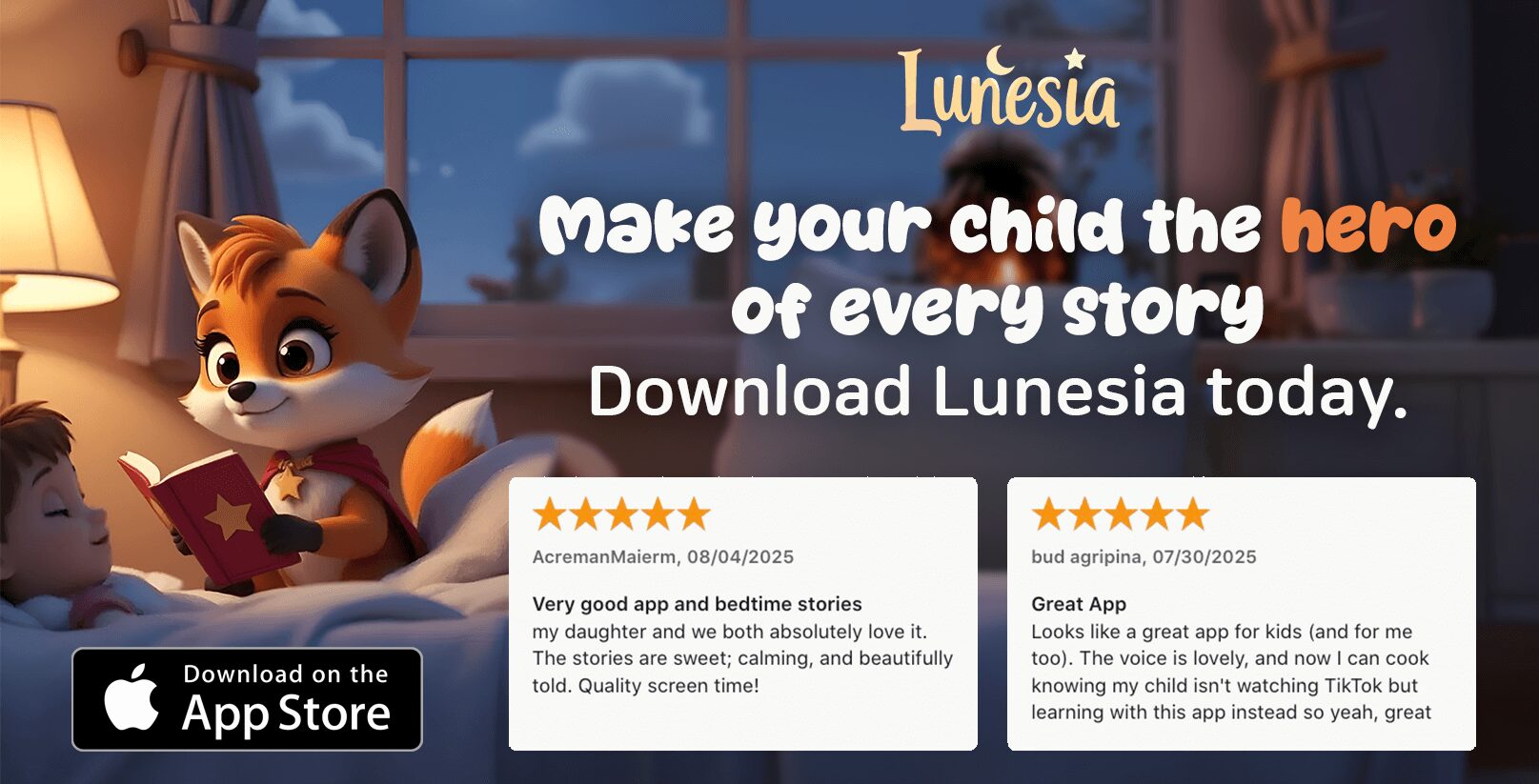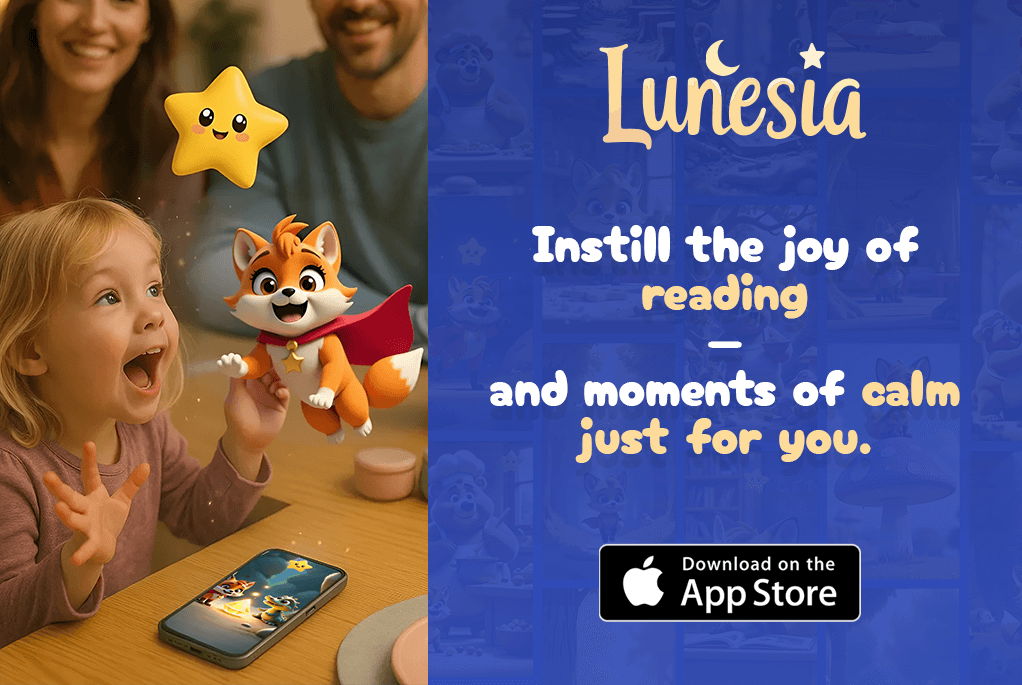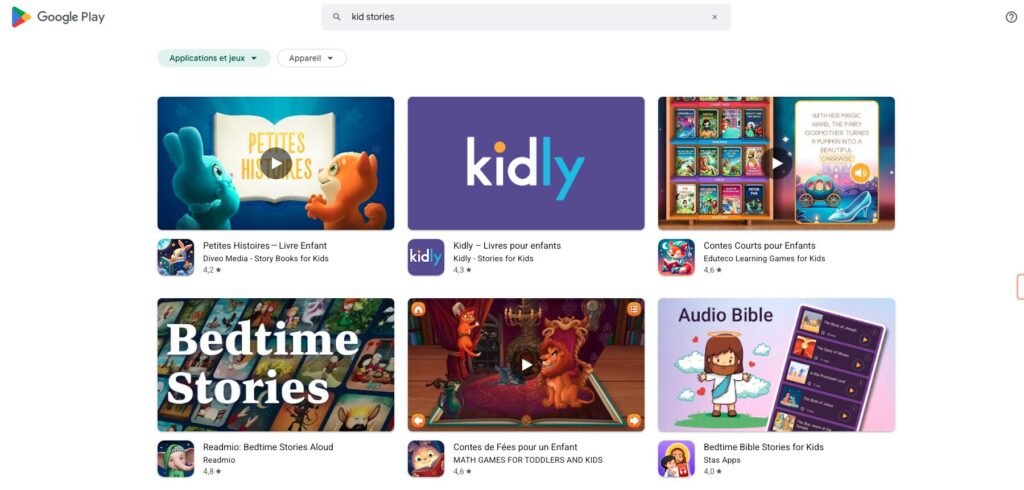Are you struggling to help your toddler let go of the bottle at bedtime? You’re not alone! Many parents face this challenge, and it’s not just about breaking a habit; it’s about creating a healthy sleep routine that benefits your child‘s development.
As a parent, you’ve likely grown accustomed to the bedtime ritual, but it’s essential to consider the long-term effects on your child‘s sleep and overall well-being. By using story-based strategies, you can make this transition smoother and more enjoyable for both you and your child. For more detailed guidance, you can explore resources like weaning off bedtime bottle to help your toddler develop healthy sleep habits that will last a lifetime.
Why Your Child Needs to Say Goodbye to the Bedtime Bottle
It’s natural for children to become attached to their bedtime bottles, but as a parent, it’s essential to be aware of the potential risks associated with prolonged use. Continuing the bedtime bottle habit beyond the recommended age can have several negative consequences on your child’s health and development.
Dental Health Concerns
One of the primary concerns with prolonged bedtime bottle use is its impact on dental health. Milk contains sugars that can cling to your child’s teeth, leading to decay if not properly cleaned. This can ultimately affect their adult teeth as well. Pediatric dentists warn that allowing your child to fall asleep with a bottle is an invitation to tooth decay.
Impact on Sleep Quality and Independence
The bedtime bottle can also interfere with your child’s sleep quality by creating an unhealthy sleep association. When your child relies on a bottle to fall asleep, they may wake up during the night seeking the same comfort, leading to more frequent night wakings. Eliminating the bedtime bottle can help your child develop healthier sleep associations and improve their overall sleep quality.
Nutritional Considerations
Furthermore, the bedtime bottle can impact your child’s nutritional intake. Filling up on milk before bed can reduce their appetite for solid foods during the day, potentially leading to nutritional imbalances. Transitioning away from the bedtime bottle can help ensure your child maintains a balanced diet.
By understanding these risks and taking steps to transition your child away from the bedtime bottle, you can promote healthier habits and improve their overall well-being.
The Right Time to Begin Transitioning from the Bedtime Bottle
Weaning your child off the bedtime bottle at the right age can significantly impact their sleep quality and dental health. As a parent, it’s essential to understand when to start this transition to ensure a smooth process for your child.
Age Recommendations from Pediatricians
Most pediatricians recommend beginning the weaning process between 12 and 18 months of age. At this stage, most toddlers can obtain the necessary nutrition during the day and no longer need nighttime feedings. The American Academy of Pediatrics (AAP) suggests that prolonged bottle use can lead to dental issues and may contribute to poor sleep patterns.
| Age Range | Pediatrician Recommendations | Developmental Milestones |
|---|---|---|
| 12-18 months | Start weaning process | Increased independence, interest in cups |
| Before 2 years | Complete transition | Better sleep quality, reduced dental risks |
Signs Your Child is Ready to Wean
Identifying the right time to wean your child from the bedtime bottle involves recognizing certain developmental signs. These include increased independence, showing interest in cups, and no longer needing nighttime nutrition. It’s also important to consider the timing of other developmental changes your child may be experiencing to balance the transition process effectively.
As quoted by the AAP, “Prolonged use of the bottle has been associated with an increased risk of dental caries and other oral health problems.” Therefore, being attentive to your child’s readiness and starting the weaning process at the appropriate age is crucial.

Waiting too long to transition can make the process more challenging as habits become more deeply ingrained. By understanding the signs of readiness and the recommended age for weaning, you can make an informed decision about when to start the transition.
Understanding Your Child’s Attachment to the Bottle
The bond between a child and their bottle can be incredibly strong, often going beyond mere nutrition. Toddlers get attached to their bottle as it provides a sense of comfort and security.
The Bottle as a Sleep Association
For many children, the bottle becomes closely associated with sleep. It’s not just about the milk or formula; it’s about the ritual of feeding that signals to the child that it’s time to fall asleep. This association can make it difficult for the child to fall asleep without it.
Emotional Comfort vs. Nutritional Need
It’s essential to distinguish between the emotional comfort the bottle provides and the actual nutritional need. By understanding that the attachment is often emotional rather than just nutritional, parents can approach the transition with more empathy. The bottle has become a comfort object or “lovey” that helps the child feel secure, especially at night.
Recognizing the role of the bottle in your child’s life is the first step towards a successful transition. By understanding the nature of their attachment, you can develop a strategy that addresses both the emotional and practical aspects of weaning.
Choosing Your Transitioning Approach: Gradual vs. Cold Turkey
When it comes to weaning your toddler from the bedtime bottle, you’re faced with a crucial decision: whether to adopt a gradual approach or go cold turkey. This choice depends on several factors, including your child’s temperament and your family’s lifestyle. Understanding the philosophy behind each method is essential to making an informed decision.
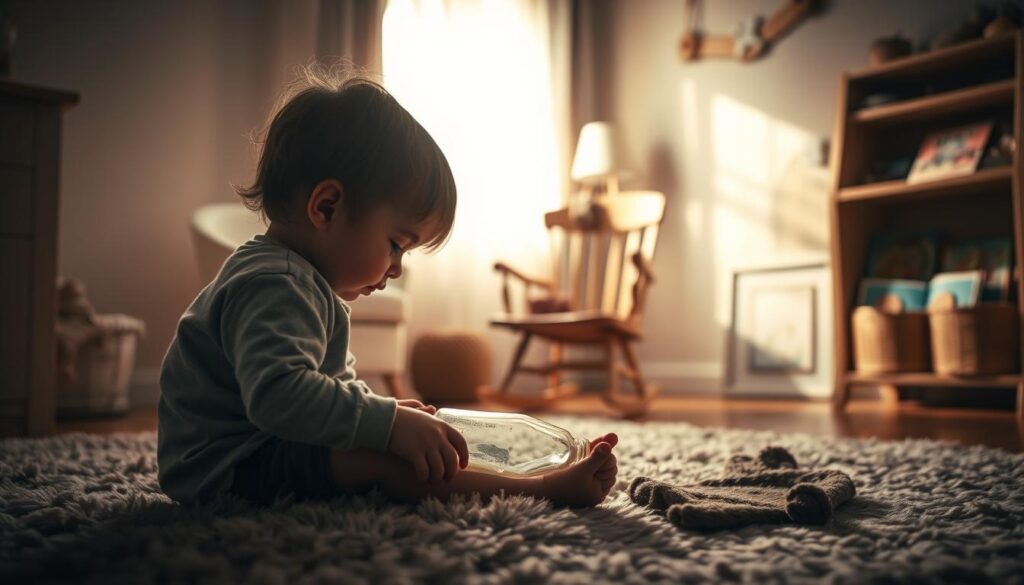
Benefits of Gradual Weaning
Gradual weaning involves slowly reducing the amount of milk in the bedtime bottle over a period of days or weeks. This gentle approach can be less stressful for both the child and the parents, allowing the child to adjust slowly to the change. By gradually decreasing the bottle’s presence, you’re giving your child time to adapt to the new bedtime routine.
When Cold Turkey Makes Sense
The cold turkey method, on the other hand, involves completely removing the bottle at bedtime all at once. While this approach can be more challenging initially, some parents find that it works faster, especially with older toddlers who have developed a strong attachment to the bottle. Consistency is key to success with this method.
Factors to Consider When Deciding
When choosing your transitioning method, consider your child’s temperament, your family’s schedule, and your own parenting style. Think about your child’s ability to adapt to change and how they might react to the absence of the bottle during sleep training on challenging nights. Reflecting on these factors will help you decide which approach is best for your family.
Creating a New Bedtime Routine Without the Bottle
Helping your child adjust to a bottle-free bedtime involves crafting a calming and predictable bedtime routine. As you wean your toddler off the bedtime bottle, establishing a new routine becomes essential for signaling that it’s time to wind down and go to sleep.
Essential Elements of a Soothing Routine
A well-designed bedtime routine includes calming activities that signal to your child’s brain that sleep time is approaching. Some effective elements include:
- Reading a bedtime story
- Playing gentle music
- Engaging in quiet play
- Giving a warm bath
These activities help create a soothing atmosphere that prepares your child for sleep. By incorporating these elements, you can help your child associate these activities with falling asleep, rather than relying on the bottle.
| Activity | Benefits |
|---|---|
| Reading | Calms the mind, fosters bonding |
| Gentle Music | Creates a soothing atmosphere |
| Quiet Play | Helps wind down |
Transitioning the Bottle to Earlier in the Evening
If you’re not ready to eliminate the bottle entirely, consider moving it to an earlier part of the evening routine, such as before the bath. This helps break the association between the bottle and falling asleep. For example, you could have your child drink milk from the bottle before the bath, and then follow with other calming activities like reading or listening to gentle music before bed.
By gradually adjusting your current routine, you can phase out the bottle while maintaining other comforting elements that your child enjoys. This approach not only helps with bottle weaning but also promotes healthy sleep habits that will benefit your child for years to come.
As you create this new bedtime routine, remember that consistency is key. Stick to your routine even on weekends or during vacations to help regulate your child’s internal clock and improve the quality of their sleep.
Story-Based Strategies for Transitioning Bedtime Bottle
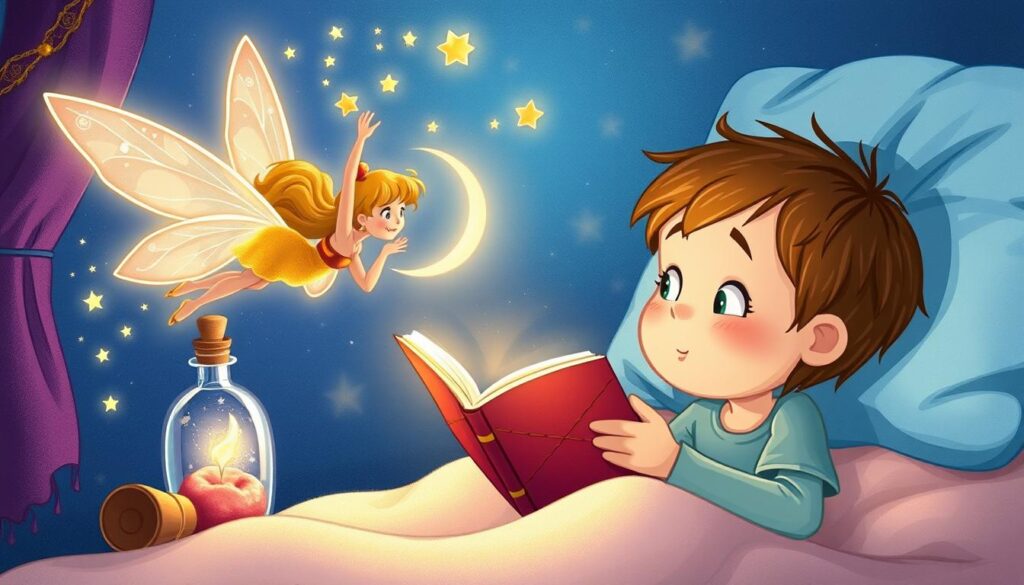
Using stories to help your child transition away from the bedtime bottle can turn a potentially difficult experience into a celebratory milestone. Storytelling has the power to engage your child’s imagination, making the transition process not only smoother but also enjoyable.
The Bottle Fairy Approach
The Bottle Fairy is a popular and effective strategy for transitioning your child away from the bedtime bottle. About a week before you’re ready to start the transition, begin telling your child that they’re a Big Girl or Big Boy and that the Bottle Fairy will be coming soon to collect their bottles for other babies who need them. On the day of the transition, make it a game by hiding the bottles around the house and collecting them together with your child. Place them outside on the doorstep for the Bottle Fairy in a bag or box. Later, when your child is not looking, replace the bottles with a gift from the Bottle Fairy.
This approach not only removes the bottle but also adds an element of magic and excitement to the process. It’s a fun way to acknowledge your child’s growth and readiness to move on from the bottle.
Creating Personalized Transition Stories
Creating personalized stories for your child can be a powerful way to help them process the change. Feature your child as the main character in a story where they overcome challenges and grow. This can help them feel empowered and more in control of the transition.
When crafting these stories, be sure to acknowledge your child’s feelings while highlighting the positive aspects of growing up. For example, you might tell a story about a character who is initially sad to give up their bottle but then feels proud and happy to be considered a “big kid.”
Using Books About Growing Up
In addition to creating your own stories, reading books about growing up and transitioning can provide valuable support. Look for children’s books that address themes of change, growing up, and bedtime routines. These stories can help your child understand that they’re not alone in this transition and that it’s a normal part of growing up.
Some recommended books include those that feature characters overcoming similar challenges. Reading these stories together can spark conversations and help your child feel more comfortable with the idea of giving up the bottle.
Alternative Comfort Objects and Techniques
As you start to wean your child off the bedtime bottle, it’s essential to introduce alternative comfort objects to ease the transition. Comfort plays a central role in the weaning process, and the bedtime bottle often serves as a source of comfort and security for toddlers.
Introducing Loveys and Comfort Items
One effective way to provide comfort is by introducing “loveys” such as special blankets or stuffed animals. These items can offer security and comfort at bedtime, helping your child to settle down more easily. It’s crucial to introduce these comfort items before removing the bottle to create a smooth transition.
To help your child form an attachment to their new lovey, incorporate it into your bedtime routine. For example, you can have your child hold the lovey while reading a bedtime story or during cuddles. This association will help your child feel secure with the new comfort object.
Sippy Cups and Other Alternatives
Another alternative to the bedtime bottle is offering a sippy cup with water. If your toddler insists on drinking something before bed, water is a better choice than milk to reduce the risk of tooth decay. When choosing a sippy cup, consider your child’s developmental stage and select a cup that is appropriate for their age and skill level.
It’s also important to balance offering alternatives without creating new sleep dependencies. By introducing these alternatives gradually and as part of a consistent bedtime routine, you can help your child adjust to the change without relying too heavily on any single object or activity.
Handling Night Wakings During the Transition
The transition away from a bedtime bottle often comes with night wakings, but there are ways to handle them effectively. As your child adjusts to falling asleep without the bottle, it’s normal for them to wake up during the night. This adjustment period can be challenging, but with the right strategies, you can help your child learn to sleep through the night.
Responding to Protests and Requests
When your child wakes up and asks for the bottle, it’s essential to offer comfort without giving in to their demands for the bottle. You can do this by using gentle words, soothing pats, or offering a favorite toy. Avoid giving them the bottle, as this can reinforce the habit you’re trying to break. Instead, focus on providing reassurance that helps your child feel secure and comforted.
It’s also crucial to distinguish between genuine needs and habitual requests. If your child is waking up due to hunger, ensure they’re eating enough during the day. However, if the waking is habitual, you’ll need to encourage your child to self-soothe.
“Consistency is key when teaching your child to fall asleep independently.”
Consistent Responses for Better Results
Consistency is vital when responding to your child’s night wakings. Stick to your new bedtime routine and avoid reverting to the bottle, even if your child wakes up multiple times. Gradually reduce the level of intervention you provide each time your child wakes up, encouraging them to develop self-soothing skills. This approach may take time, but it’s effective in helping your child learn to fall asleep independently.
By being consistent and patient, you can help your child navigate this challenging period. Remember, the goal is to help your child learn to fall asleep without relying on the bottle, and with time, they will adjust to the new routine.
Supporting Your Child Emotionally Through the Transition
Helping your child transition away from the bedtime bottle involves more than just changing their drinking habits; it requires emotional support. This period can be challenging for both you and your child, making it crucial to offer extra love and attention.
Extra Reassurance and Affection
During this transition, your child needs reassurance that they’re loved and secure. Offering extra cuddles and physical affection can help ease the emotional adjustment. Explain the changes in simple terms, letting them know they’re growing up and will drink from a cup like a “big kid.” This communication helps your child understand and adapt to the new routine.
Celebrating Milestones and Progress
Celebrating small victories, such as successfully falling asleep without the bottle, can significantly boost your child’s confidence. Be patient and maintain a positive attitude, as setbacks are normal during this transition. By providing emotional support and affection, you help your child navigate this change more smoothly.
| Support Strategies | Description | Benefits |
|---|---|---|
| Extra Cuddles | Physical affection during bedtime | Eases emotional transition |
| Clear Communication | Explaining the change to your child | Helps child understand and adapt |
| Celebrating Progress | Acknowledging small victories | Boosts child’s confidence |
By involving the whole family in supporting and celebrating your child’s growing independence, you create a positive environment that fosters healthy development. This collective effort can make the transition smoother for both you and your toddlers, promoting better sleep habits in the long run.
Conclusion: Your Family’s Journey to Bottle-Free Bedtimes
Reaching the goal of a bottle-free bedtime is a testament to your dedication to your child’s health and well-being. As you’ve journeyed through this transition, you’ve likely discovered that it’s not just about breaking a habit, but also about fostering healthy sleep habits that will benefit your child throughout life.
The strategies we’ve explored together have been designed to make this transition as smooth as possible. By choosing the right approach, whether gradual or cold turkey, and introducing alternative comfort objects, you’ve taken significant steps towards a bottle-free bedtime routine.
As you celebrate this milestone, remember that patience and consistency have been your most powerful tools. The benefits of this transition, including improved dental health, better sleep quality, and increased independence for your child, make the journey worthwhile.
You know your child best, and trusting your instincts while applying these strategies will lead to success. As you move forward, you’ll find that the skills you’ve gained will help with future transitions, making you a more confident and capable parent.
FAQ
At what age should I start weaning my child off the bottle?
Most pediatricians recommend starting the weaning process between 12 and 18 months. However, the ideal time may vary depending on your child’s development and readiness.
How can I help my child overcome their attachment to the bottle?
Understanding that the bottle serves as a comfort object is key. You can start by introducing alternative comfort items, such as a lovey or a soft toy, and gradually reducing the bottle’s presence in their bedtime routine.
What are the benefits of a gradual weaning approach?
Gradual weaning allows your child to adjust to the change at their own pace, reducing the likelihood of tantrums and distress. This approach also gives you the opportunity to monitor their progress and make adjustments as needed.
Can I use a sippy cup as a replacement for the bottle during the transition?
Yes, introducing a sippy cup can be an effective way to transition your child away from the bottle. Start by offering the sippy cup during the day, then gradually introduce it into their bedtime routine.
How can I handle night wakings during the transition period?
When your child wakes up during the night, it’s essential to respond consistently and reassuringly. You can comfort them with a gentle pat or a soothing phrase, but avoid giving in to their demands for the bottle.
What are some story-based strategies for transitioning away from the bottle?
You can create a personalized story with your child, explaining why it’s time to say goodbye to the bottle. The “Bottle Fairy” approach is another popular method, where a magical figure exchanges the bottle for a special gift or treat.
How can I make the transition process less stressful for my child?
Offering extra reassurance and affection during this period can help your child feel more secure. Be patient and celebrate their small milestones along the way to keep them motivated.
Are there any health risks associated with prolonged bottle use?
Yes, prolonged bottle use can lead to dental health concerns, such as misaligned teeth or tooth decay. Additionally, it can impact your child’s sleep quality and independence.
